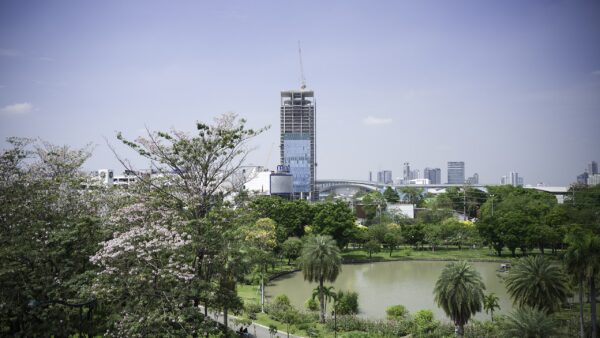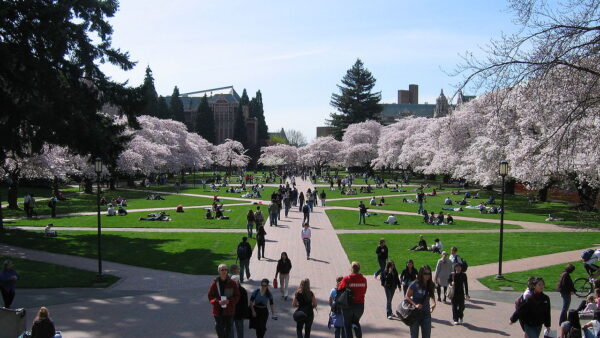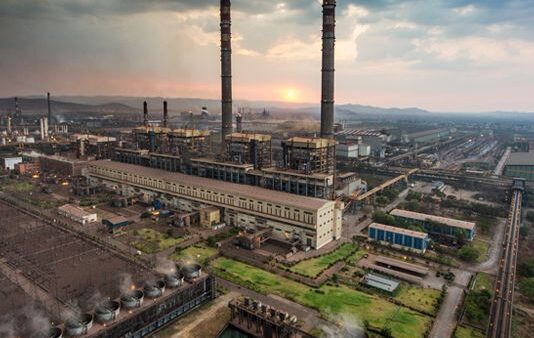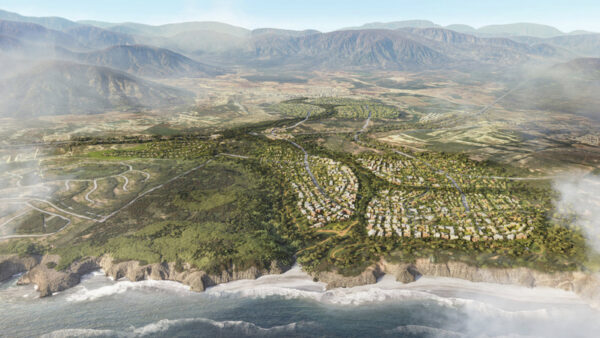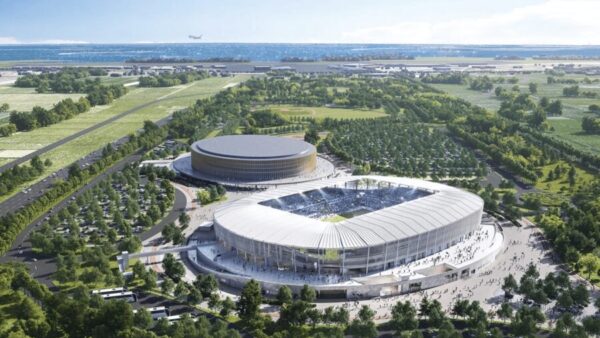China is planning to spend $68bn on improvements to its rail network in the Greater Bay Area of Guangdong, Shenzhen, Hong Kong and Macau.
The “Intercity Railway Construction Plan” was approved by the National Development and Reform Commission, China’s top planning body, on 30 July.
It envisages the construction of 13 rail lines between five hubs, linking the special administrative regions with nine cities in Guangdong to form a more integrated economic unit.
New lines to be launched before 2022 include:
- The Shenzhen Airport to Daya Bay Intercity line;
- A link between Shenzhen Airport and Pingshan;
- The Guangqing Intercity North Extension line;
- The Guangzhou East Railway Station renovation project.
The new lines will bring the total rail network of the region, existing and under construction, to 4,700km by 2025.
The aim is to provide the hub-to-hub transport infrastructure required to cut travel times between any two major cities in the network to less than an hour.
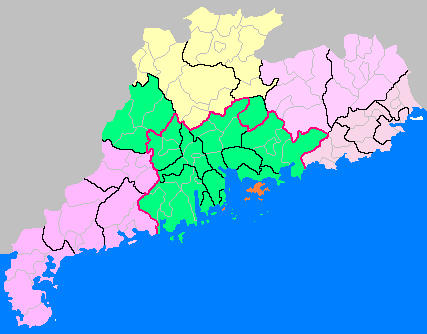
Guangdong Province with the Greater Bay area shown in green (cncs/CC BY 3.0)
Hub-based transport design is seen as superior to the city-to-city model, since it makes it simpler for passengers to switch between intercity rail systems, airports and city-region transport networks.
Guo Wanda, executive vice-president of Shenzhen think tank the China Development Institute, told the South China Morning Post: “There are still too few railway lines between cities; it’s inconvenient to switch from railways to subways, and other services, such as ticketing and road signs, are not integrated,” he said.
At present, the Pearl Delta cities have a combined GDP of around $1.5 trillion, roughly equal to San Francisco Bay or South Korea.
The aim is to reach a GDP of $4.6 trillion – somewhere between Germany and Japan – by 2030.
Another aim of the plan is to even out economic development across the region.
At present the economic centres on the eastern side of the delta dominate, so improved transport would aim to increase growth in the relatively undeveloped western areas such as the Zhuhai, Zhongshan and Jiangmen cluster that lies across the delta from Hong Kong, Guangzhou and Shenzhen. Â
The nine cities of Guangdong are, in order of population size, Guangzhou, Shenzhen, Zhuhai, Foshan, Dongguan, Zhongshan, Jiangmen, Huizhou and Zhaoqing.
The plan would have the additional political benefit, from the Chinese government’s point of view, of better integrating Hong Kong and Macau into the Guangdong region. Â
Top image: The Pearl River in Guangzhou. The Greater Bay Area accounts for 12% of China’s GDP (Dreamstime)
Further reading:





